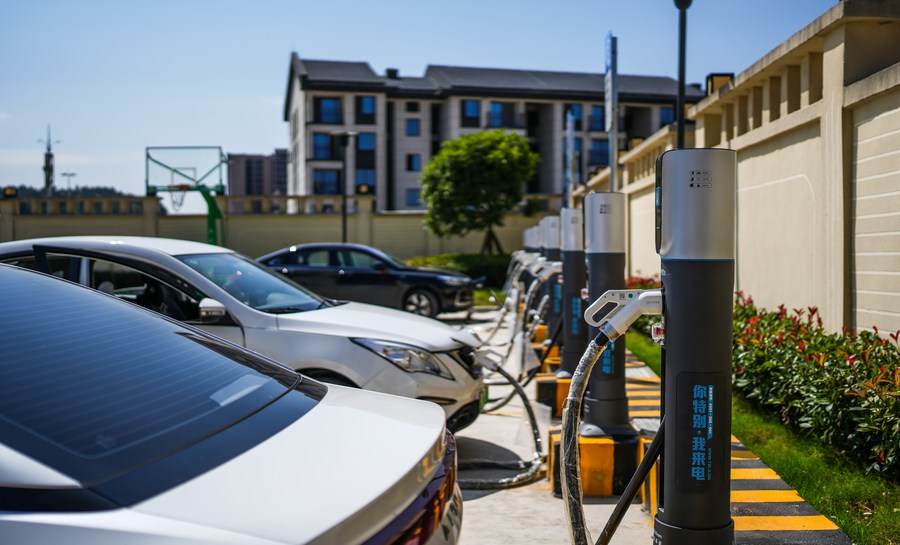The adoption of new energy vehicles (NEVs) has been steadily increasing in China’s rural areas, driven by a combination of factors, including government subsidies, lower costs, and improved infrastructure.
Zhang Fengxiang, a resident of a small town in Guizhou Province, is one of many rural residents who have switched to driving an NEV. He says that the cost savings and convenience have been significant. “With the discount and the government subsidy, I only paid about half of what I would have paid for a petrol car,” he says. “And the nearest charging station is less than a kilometer away from my home.”
China has been taking steps to promote the adoption of NEVs in rural areas. In 2022, the government extended its preferential purchase tax policy for NEVs to the end of 2027 and released a guideline to support people living in rural areas to purchase and use NEVs. As a result, the country has seen a surge in NEV registrations in rural areas.
Zhejiang Province in eastern China is one of the leading regions in terms of NEV adoption in rural areas. The province has nearly completed building an NEV charging service network, with charging poles available within an average driving distance of five kilometers in rural areas.
The development of NEV infrastructure is also having a positive impact on rural tourism. Zhou Xun, owner of a homestay in Jingshan Town, Zhejiang, says that improved charging facilities have led to an increase in tourists. “More and more tourists are choosing to travel by car,” he says. “Many of them would call us before making a reservation to ask if we are close to charging stations.”
As China continues to invest in NEV infrastructure, it is likely that we will see even more widespread adoption of NEVs in rural areas. This will not only benefit the environment but also help to revitalize rural economies.
Shayne Heffernan









